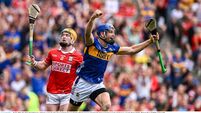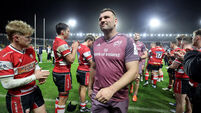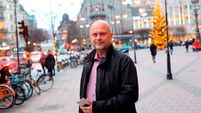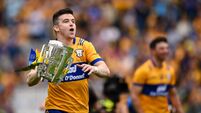Niland in New York state of mind
It was towards the end of the second set. Limerick’s Conor Niland was visibly struggling and, in spite of a shoulder injury that had hampered his preparations, Novak Djokovic was in cruise control.
It was the biggest match of the Irishman’s life and, wouldn’t you know it, he had food poisoning.











